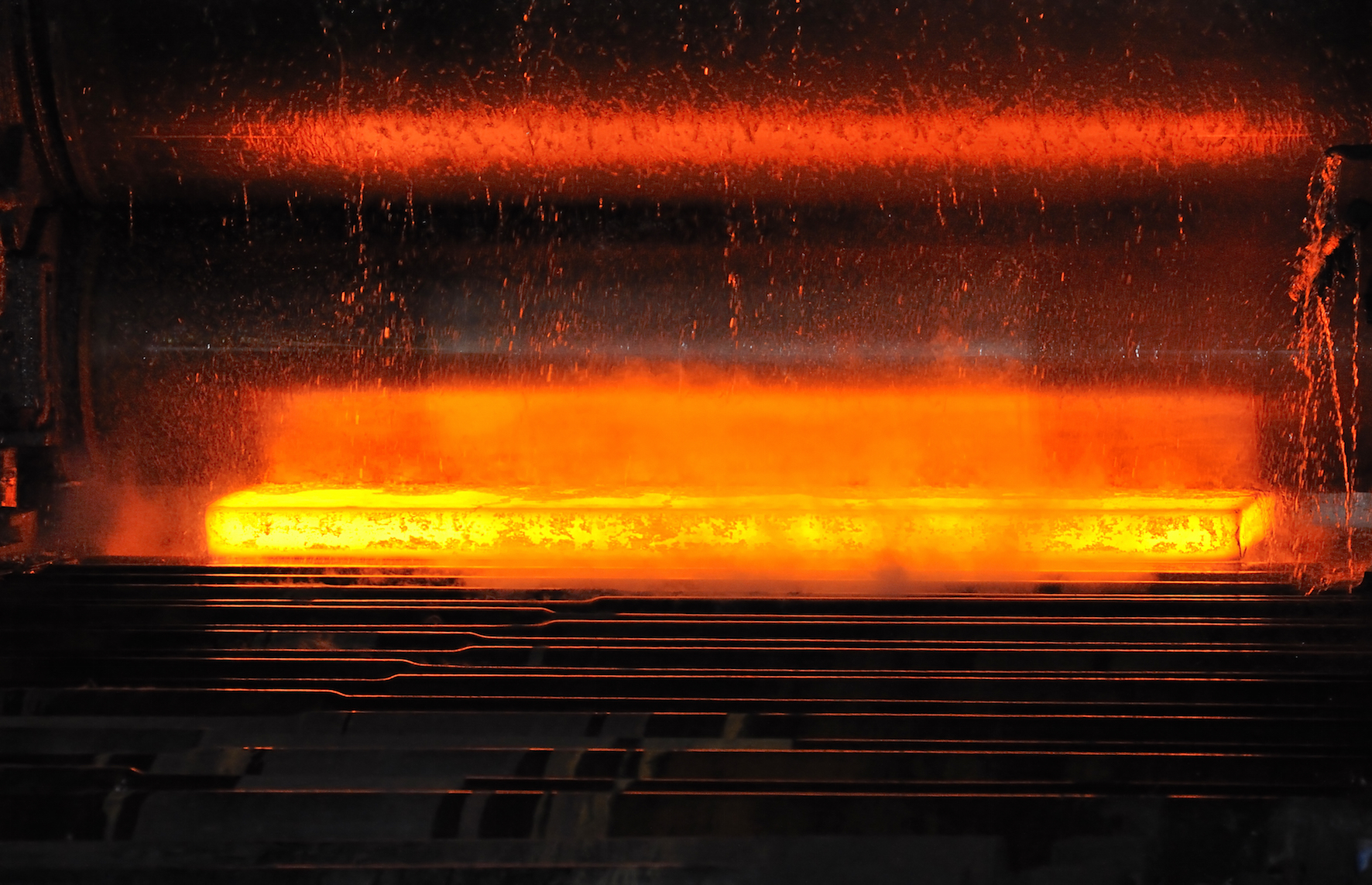In April, global steel demand was predicted to decline by 0.8 this year but the latest figures from WSA show that global demand for steel is predicted to remain broadly flat in 2016, increasing by just 0.2% whereas next year there is slightly faster growth forecast, with an increase of 0.5% expected for 2017. As usual there are differing fortunes forecasted in various regions around the world. Of the ten largest steel producing countries, Brazil is forecast to undergo the worst contraction of demand this year, with a 14% crash as the commodities rout and political uncertainties took their toll. In 2017, steel demand in Brazil is expected to recover as the country stabilises.
Elsewhere, Russia and the US are both expected to show declines this year but to recover in 2017 whereas Chinese demand is forecasted to contract by 1% and then another 2% in 2017 after already declining by more than 5% last year. This is very significant for the global industry as a partial recovery in global steel prices has encouraged some side-lined Chinese capacity to come back on stream with production in China only down 0.1% year to date August and production actually up year on year for the past six months. As demand is falling, this leaves only one place for this extra production to go – external markets and export figures show that shipments from China have increased by another 10% so far this year when compared to the record figures recorded in the same period of 2015.
As if this wasn’t enough, OECD figures show that China currently has the second highest level of new global capacity in various stages of planning and construction. The country with the most capacity coming on stream over the next few years, however, is actually India, which is also showing the fastest production growth so far this year out of the major steel producing nations. In contrast to China, however, steel demand within India is also on the rise. After increasing by 5.3% last year, it is predicted to rise by 5.4% this year and a further 5.7% in 2017.
Rather than being a direct threat to global steel markets, therefore, the new Indian capacity looks destined for the burgeoning domestic market with Indian exports only being about 7.6 million tonnes last year. The threat, therefore, comes from potential displaced tonnage or the Indian economy suffering some sort of unexpected shock. Imports in 2015 hit well over 13 million tonnes and nearly three quarters of imports came from China, Japan or South Korea, potentially causing yet more tonnage to enter the already-saturated Asian market. Indeed, so far this year the growth in Indian production has led to a 5% reduction in imports during the first half of the year.
It seems clear that the biggest threat to the recovery of the global steel market is the further weakness in Chinese demand coupled with continued increases in domestic capacity in the country despite government assurances that capacity would be removed. This is coupled with the fact that the one major global steel consumer where demand is growing substantially is adding to its own production capacity at a rapid rate, meaning India is unlikely to act as an outlet for continued excess global capacity.
Source: ISSB

